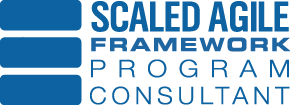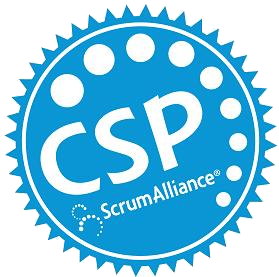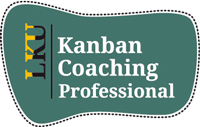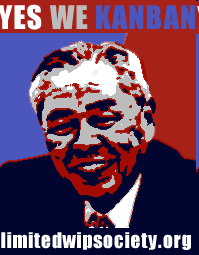Now that we have the Value Stream defined the question becomes – What is the best way to process tasks through the value stream?I’ve found typical Scrum projects tend to “optimize the part” over “optimize the whole.” So – what is a part?
Think of the
Tour de France. The Tour de France is broken into 20 stages. Each stage has stage winners. Than there is an entire tour winner.In this example, each stage is a “part.” When Lance Armstrong won his record 7 tours, did he focus on winning each stage or the entire tour?Understanding the difference between optimizing for a stage and optimizing for the tour changes the strategy for winning. Lets apply this to Kanban.Typical Scrum teams tend to optimize parts of the system. For example, developers will work really hard at coding the task and then 2 days before the end of a Sprint dump all their tasks on the Test Team.Here is what the Scrum board looks like:



I’ve seen this happen frequently on software projects. In this case the developers optimized coding ALL their tasks before the end of the sprint, but the test team doesn’t have enough time. So the team optimized coding but not the entire process.
In this case the team got 100% of the tasks 80% done – but until something is complete there is no progress. Kanban tries to fix this dilemma by getting something 100% done rather than many things 80% done.
How does Kanban accomplish this? Through the following techniques:
- Minimize the Work in Process (WIP)
- Pulling Work
This will be discussed in following posts.











